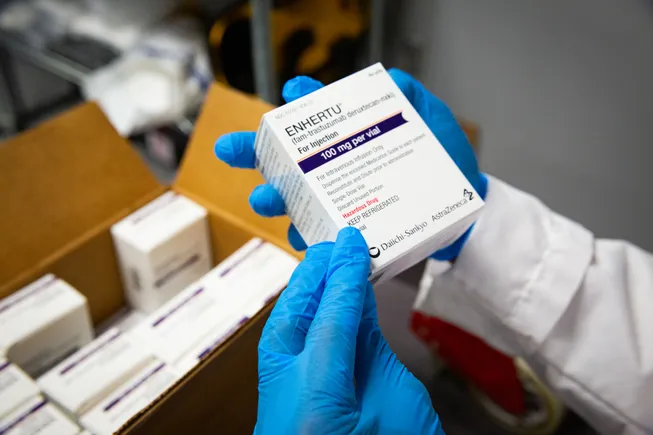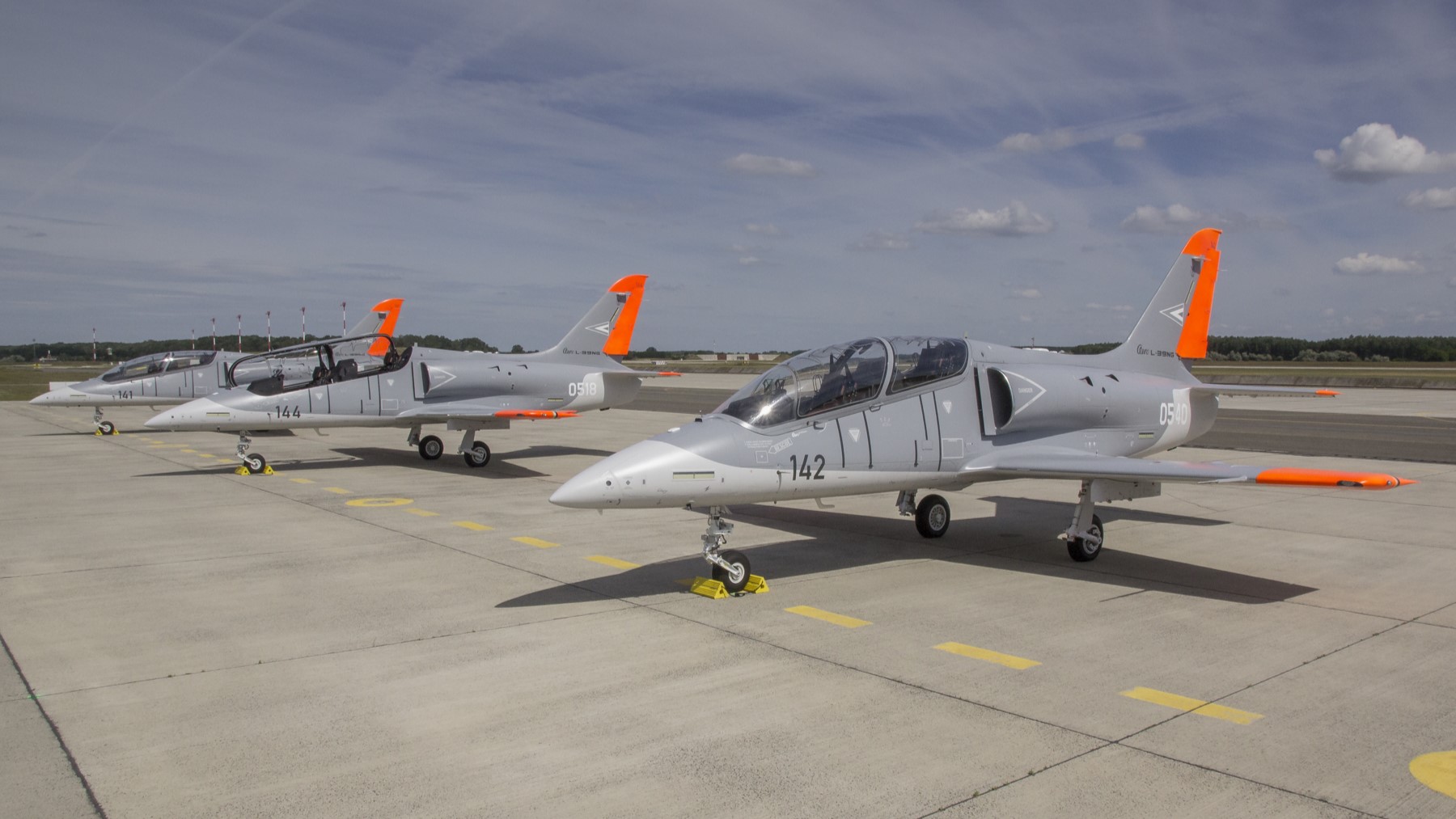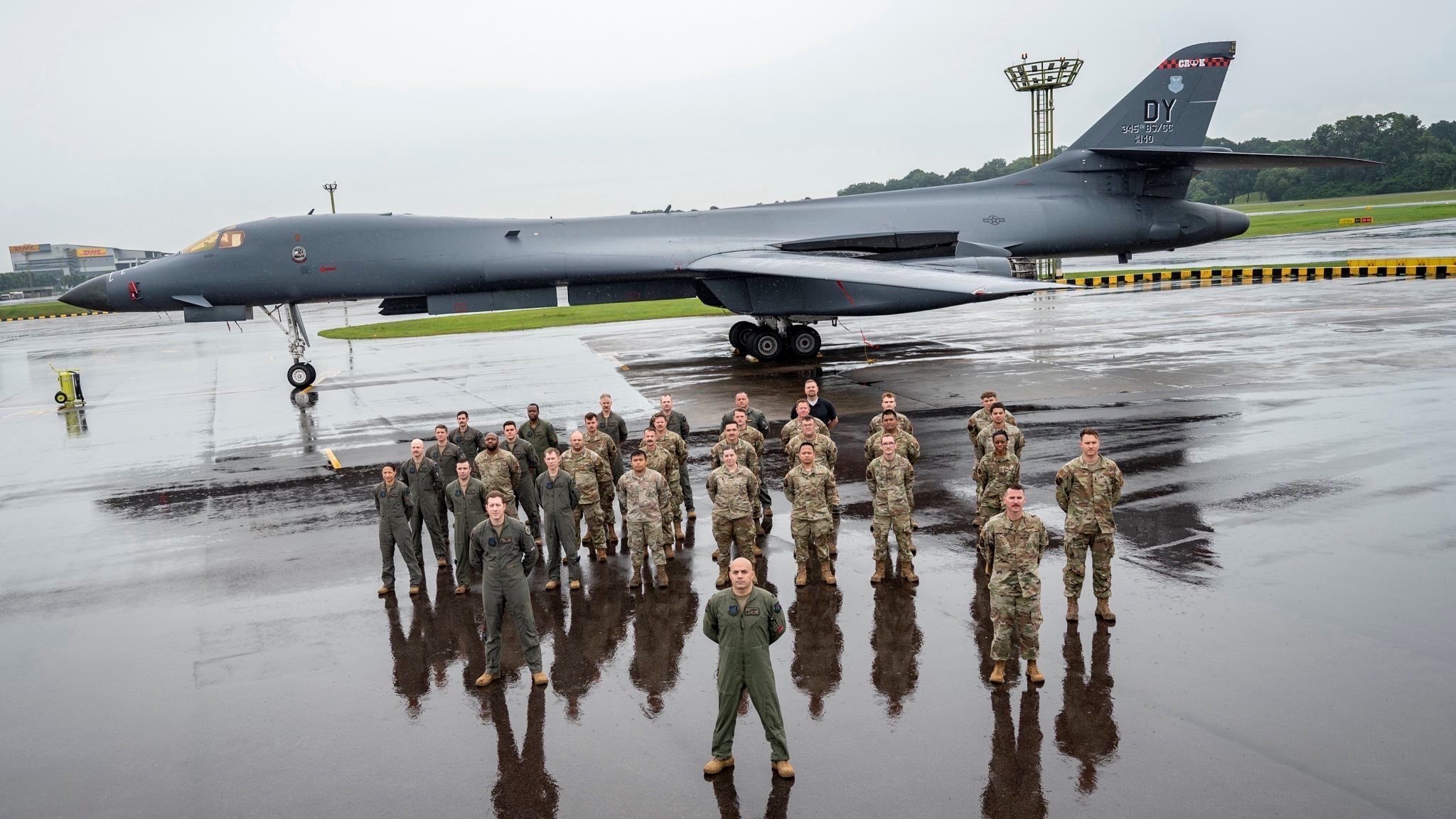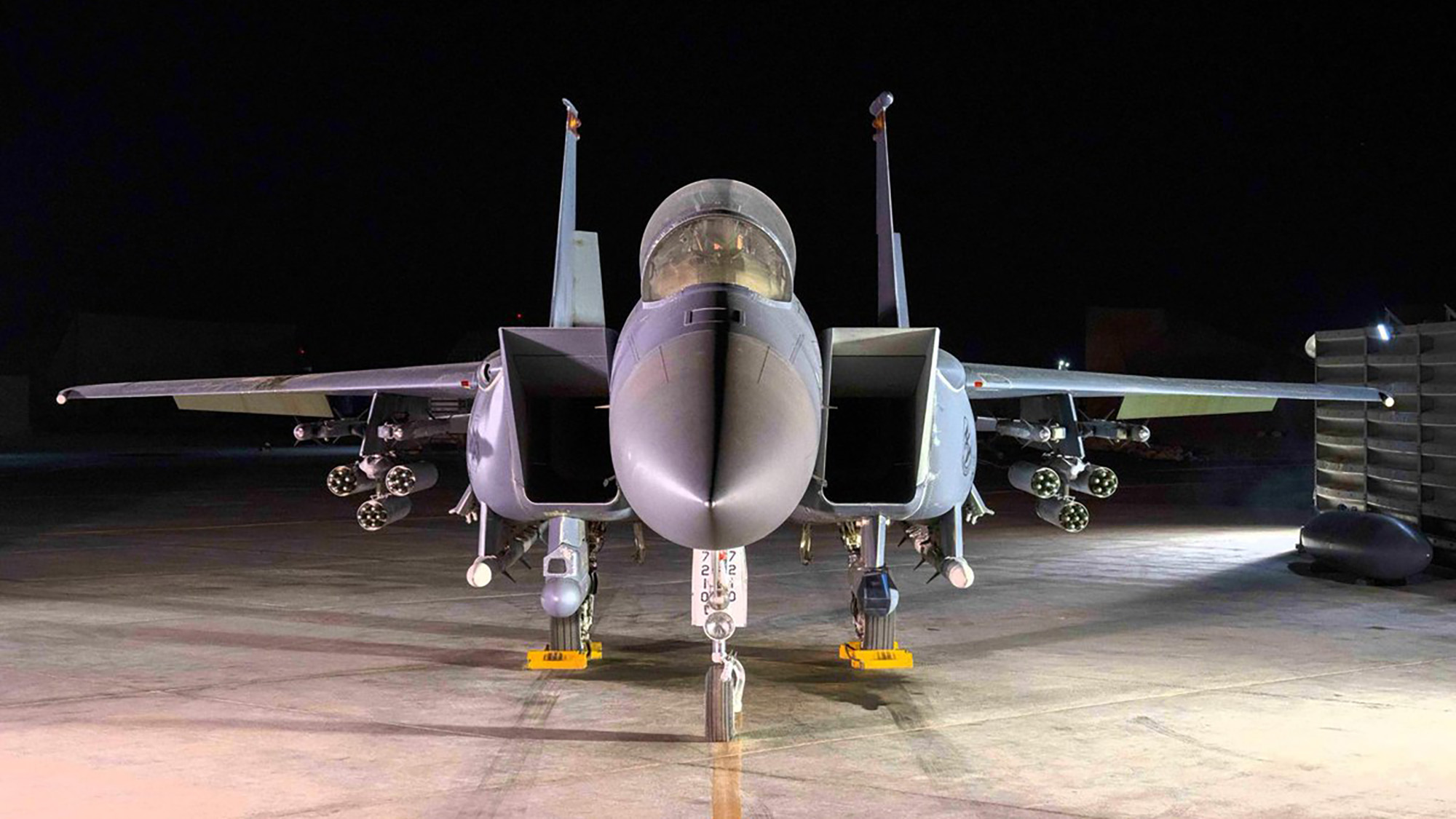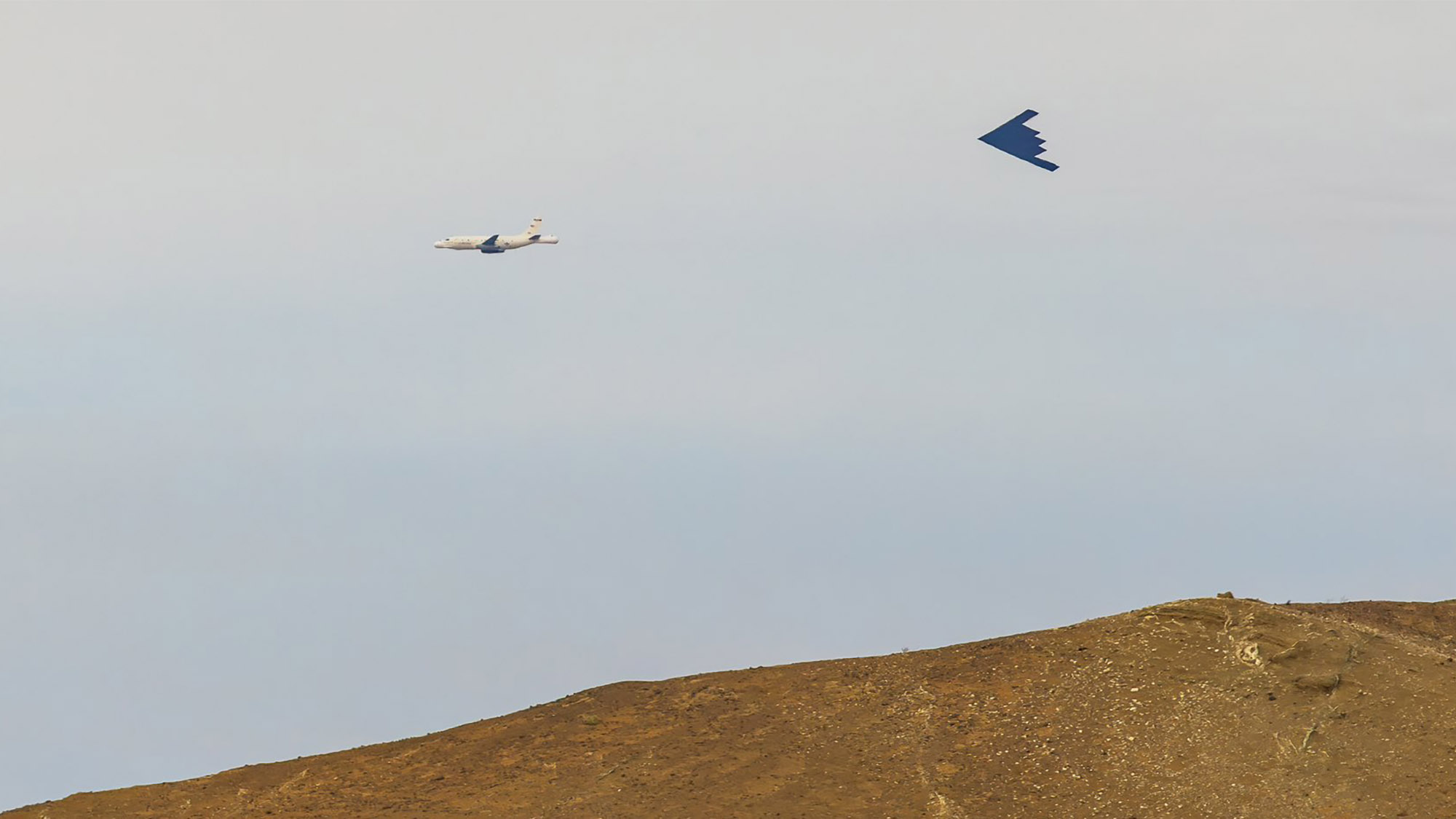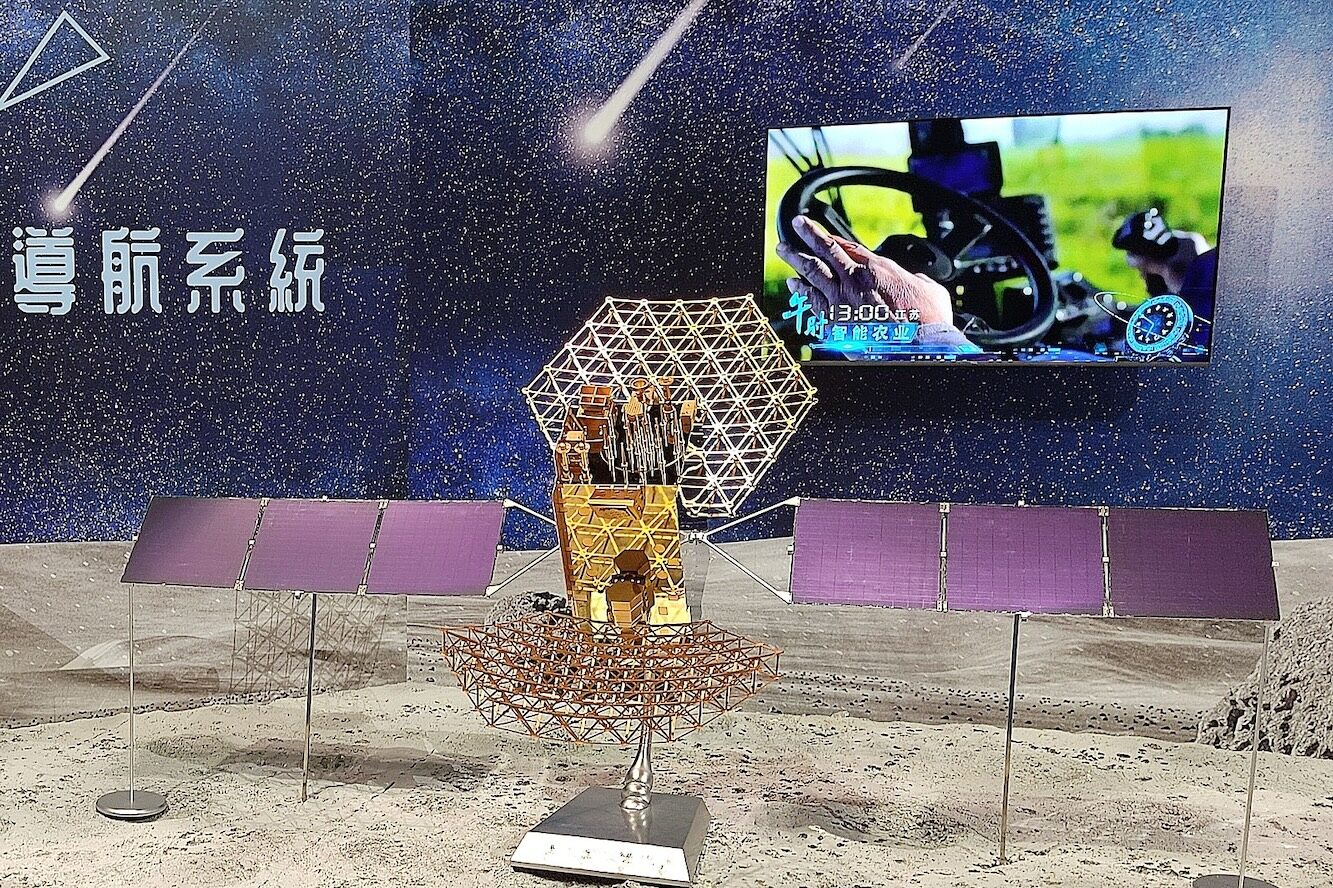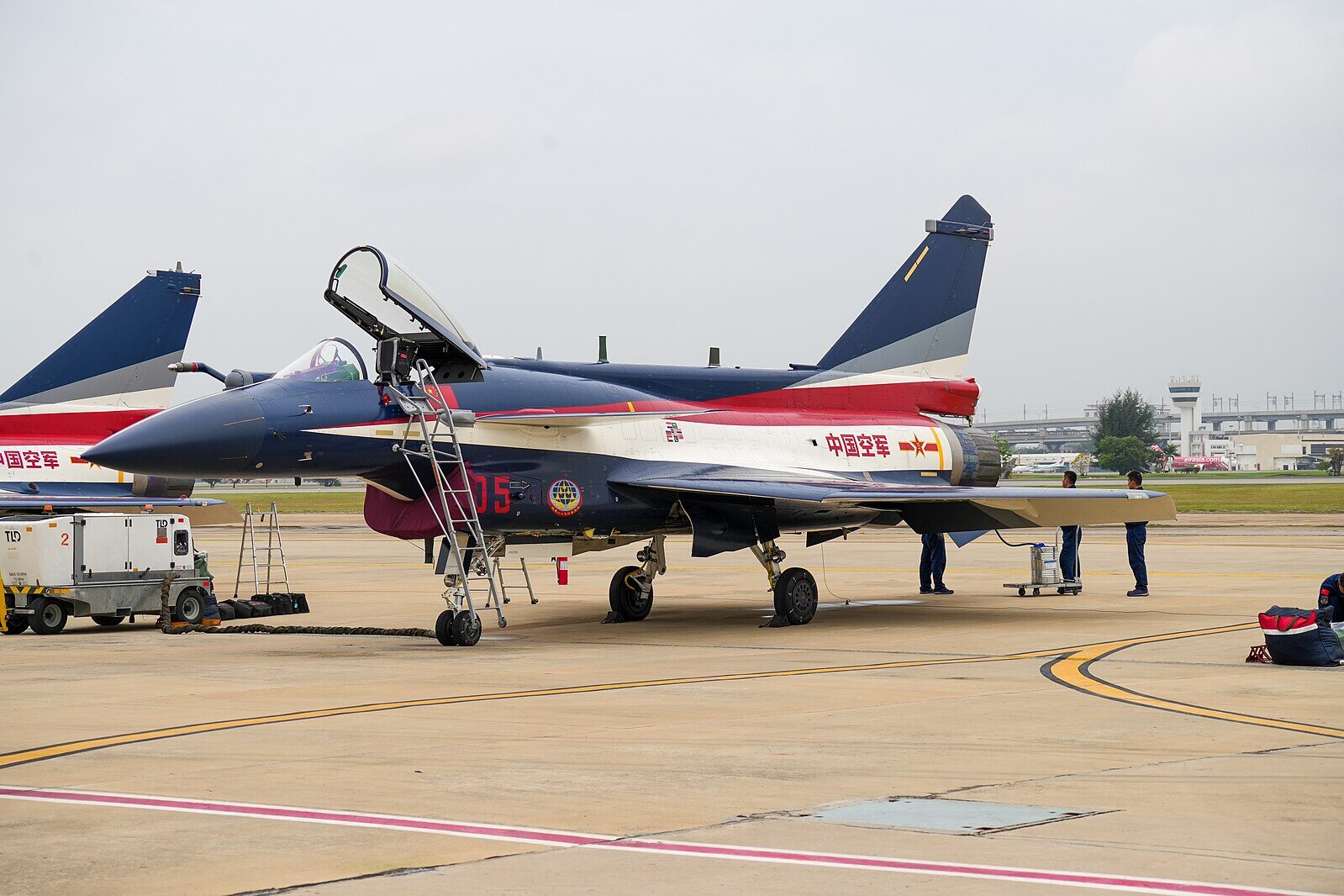INDOPACOM brings AI to wargaming exercise
After nearly half a year of focusing on new tech, commanders get to pit decision-making tools against operational plans.

INDOPACOM will put its work on the Thunderforge project to use during the second half of its annual Pacific Sentry exercise, in which headquarters staff and command components square off against a simulated enemy, the command's director of requirements and resources said Thursday.
“This is the first time we are using the online artificial intelligence tools to help us,” Bob Stephenson told Defense One on the sidelines of Scale AI’s Gov Summit here. “We've run one exercise. We're about to move into our next phase, which is combining the AI-enabled applications that are available now—the reasoning models—with agentic, with Thunderforge, which is using modeling simulation and [courses of action] assessment.”
The first part of Pacific Sentry was held in early April; the second half starts next week. Among other things, successful completion of the scenario helps the command’s components earn their certification as combat-ready units.
Earlier this year, INDOPACOM began working with the Pentagon’s Chief Data and Artificial Intelligence Office and Defense Innovation Unit on Thunderforge, a system designed to help commanders make decisions using AI to synthesize sensor data into actionable information. Scale AI, Anduril, and Microsoft were hired to build Thunderforge, which is also to be used at European Command.
The idea is to use a large language model to analyze past behavior. But it’s just one piece of a bigger goal.
“A large language model is just a stepping stone to agentic warfare,” Stephenson said. “We're using it now for courses-of-action assessment. We eventually want to get it to help us realize what's going on in the fight, how we're doing.”
Using AI in military operations in the Pacific to prepare for conflict with China has become a priority in part because of sheer distance and open ocean. Closing that distance hinges partly on the ability to make decisions faster. And who wins in an AI competition with China depends on who “employs the better models, faster, more extensively, across the force,” INDOPACOM Commander Adm. Samuel Paparo said earlier this month at the Land Forces Pacific conference.
“We all must do more, more, faster, better, smarter, more enabled by AI tools. And we need to do it now…Deterrence remains our highest duty, backed by real, credible combat power,” Paparo said. “We must be backed up by the best AI tools, informed by the best data, informed by the best compute. So these are the applications in the 21st century of AI as they support not just our own decision making, but autonomous systems. We’re in a race, and we’ll win.”
China has been pouring resources into building out its AI infrastructure, with 106 operational data centers and another 101 planned, according to a joint report by Strider Technologies and the Special Competitive Studies Project.
“The number of both announced and operational data centers grew by more than 100 percent from 2023 to 2024,” the report states. “PRC AI companies are increasingly developing AI capabilities tailored to security-oriented use cases, including AI-assisted decision making and combat simulation. Some companies have already landed procurement with PLA entities, suggesting the PRC is incorporating increasingly capable AI into its military systems.”
For INDOPACOM, one goal is to use AI more frequently to learn and improve training.
“We're going to make our simulations better,” Stephenson said, noting that AI could help simulations run faster, evaluate different outcomes, and use physics-based models to assess them.
For example, in the near future, live-virtual-constructive training could be used to prepare a carrier strike group to launch a raid in the Eastern Pacific.
“We don't have enough forces to represent the Chinese navy, so we'll have some threat representation. And then we'll just continue to practice. We'll continue to iterate and learn and get better.” ]]>

































































